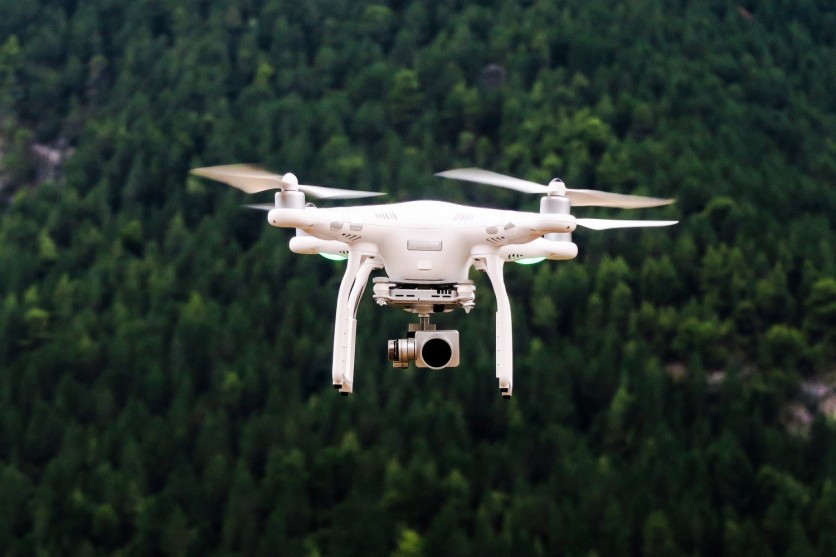
The FAA has filed a proposal named "Remote Identification of Unmanned Aircraft Systems" which seeks to create a Remote Identification (Remote ID) system that will track all Unmanned Aircraft Systems (UAS) -more popularly known as drones- whether they conduct recreational or commercial operations, with very few exceptions. The exceptions to the proposal are amateur-built UAS, UAS of the United States government, and unmanned aircraft that weigh less than 0.55 pounds.
Remote Identification of Unmanned Aircraft Systems Proposal
The Federal Aviation Administration (FAA) proposal While the FAA proposal was filed last Thursday, Dec. 26, the proposal is considered unpublished, and will not be published until Dec. 31. The Federal Register will not be hosting the proposal until it is published, but you may download the unpublished PDF here.
After the proposal is officially published, the FAA will be accepting comments from the public for 60 days. In this period, the public is expected to air out concerns to help the FAA with the rule-making process, and FAA will post these comments without any edits.
After the 60-day period, the rule goes into effect. The rule allows two years for drone makers to comply with regulations. Another year after that, around March 2023, drone operators will have to comply with the new rules. Until then, drone owners will be free to fly drones as they wish.
Remote ID System
The FAA wishes to create a real-time database of every drone flying, as well as its registered operator. Drone manufacturers have the first two years to ensure that all drones will be capable of tracking the drone's location, as well as its home station or operator. The system will then be able to keep track of the location of each drone and its operator in real-time through an internet connection to the real-time database. Any drone that flies more than 400 feet from its control station or operator will have to also broadcast directly from the drone itself.
To address some privacy concerns, the FAA will allow the drone to choose whether to use the serial number of the drone or a randomly generated alphanumeric session ID. Drone makers may also create a drone designed to fly only within 400 feet of its control station and will only need to transmit data regarding its control station only.
No Real Exceptions
Exceptions to the rule include amateur-built drones and drones that weigh less than 0.55 lbs, but very few drones fit in either category. After all, the popular DJI Phantom Four weighs 1380 g or 3 lbs, while even the very light DJI Spark weighs 300 grams or 0.66 lbs, just a bit over the 0.55 lb limit. The 0.55 lb limit also includes any attachments to drones such as the TF-19 Wasp Drone Flamethrower, so the 0.55 lb leaves just about no exceptions.
Government drones are also exceptions to the rule, and that's a silver lining in that NASA will continue to develop their swarm of drones, and the Los Angeles Fire Department will continue to use their drones in emergency response efforts freely.
ALSO READ : 21 Things You Didn't Know About DJI Drones
ⓒ 2025 TECHTIMES.com All rights reserved. Do not reproduce without permission.




